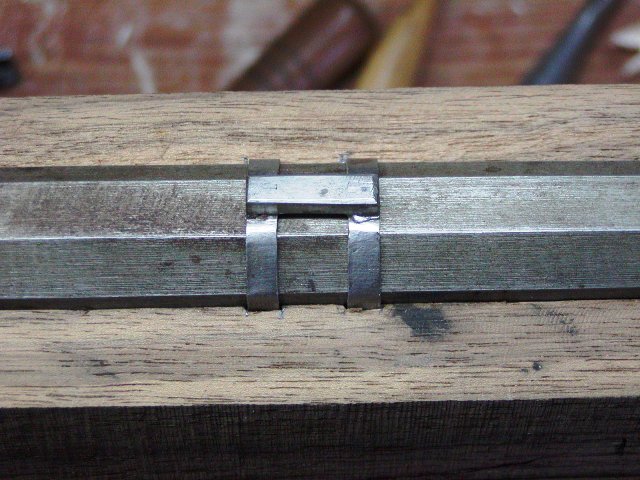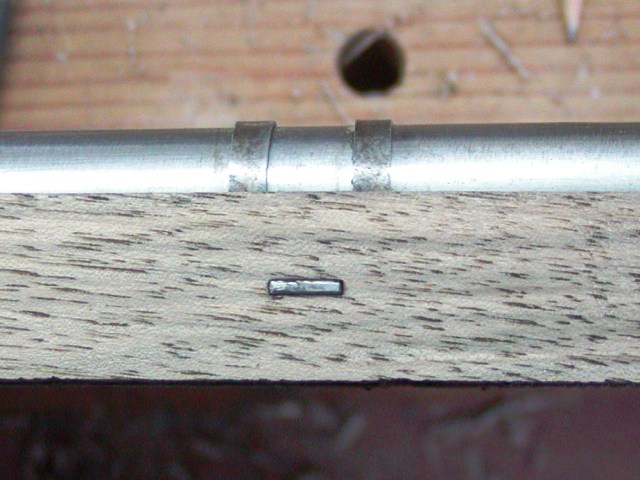I think it was William Greener (The Elder )of NewCastle who wrote in' The Gun' 1834 . He listed all the then current barrel steels or' Irons' I should say . Wiswolds iron ,Charcoal iron ,Two penny, Wednesbury Scelp, ect and ends with' Sham Damn' stating it" Was all that poachers deserved ' .Though he starts his description with the various qualitys of Damascus .How help full that might be I cant say but interesting anyway . I myself like Twist & Damascus both ours & the Kurdish ones . And have not had a problem . The better quality Turkish region rifle & gun barrels where held in high esteem and many where used by European makers out of choice .
The only perfect bore Turkish rifle I own shoots extremely well though uesualy what survives are well worn or neglected .examples . There you go what all the long numbers mean Ive no idea but I've never had any makers barrel fail proof..
Rudyard











